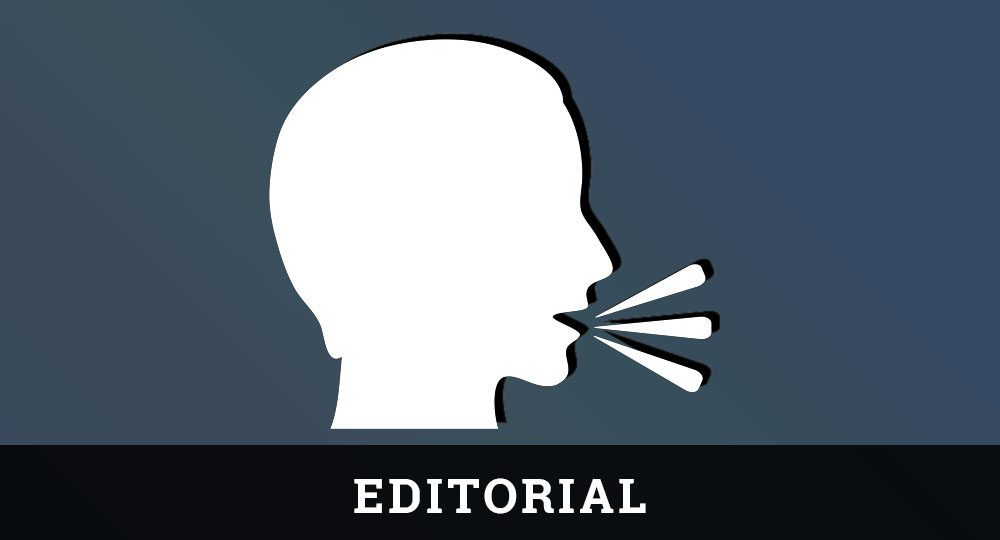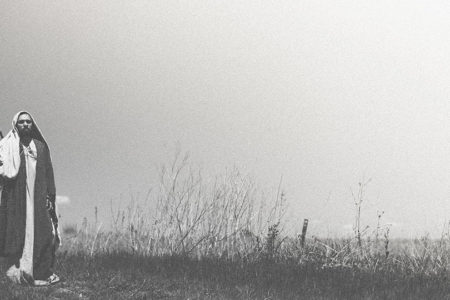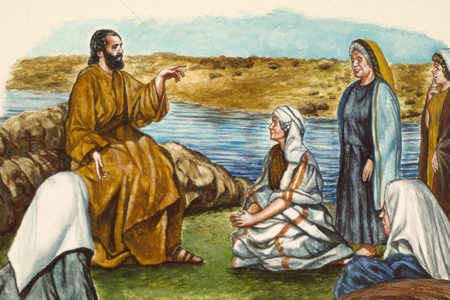The Schneerson Syndrome
Judging by the number of signs in Israel bearing the slogan “Prepare for the Coming of the Messiah,” one would be led to believe that the nation is gripped by Messianic fervor unparalled in modern times. While such is not actually the case, the banners have “sparked the interest of mainstream Israelis, the vast majority of whom are secular.” Rabbi Shlomo Riskin, writing in the Atlanta Jewish Times, says, “One of the most dynamic dialogues taking place in the Jewish world today is whether we are living in the beginning of the Messianic Era.”
The Chabad organization of the Lubavitch Hasidim has fueled the dialogue by bringing forth their candidate for Messiah and backing their claims with a $400,000 publicity campaign designed to bring others into the fold. Two hundred billboards, a million pamphlets, and scores of neon signs mounted on hundreds of private cars proclaim and explain why Chabad believes the Messiah’s arrival is imminent.
At the center of the furor is 90-year-old Rabbi Menachem Mendel Schneerson, who leads an estimated 250,000 ultra-Orthodox Lubavitcher Hasids (“pious ones”) from his headquarters in the Crown Heights section of Brooklyn. According to a 250-year-old Lubavitcher tradition, each generation produces at least one righteous Jew who possesses proper credentials for Messiahship. In this generation, that man, according to his followers, is readily identifiable in their own rebbe, Rabbi Schneerson. This view holds that the candidate is regarded as more than just an ordinary man, but one who has the capacity to heal the world and unite Jew and Gentile. When one appears bearing these qualifications, according to Chabad’s publications director, Rabbi Simon Jacobsen, “He has the capacity to heal the world and unite Jew and Gentile. Maimonides, the medieval scholar whom all Jews accept, says that when we see a man who has these qualifications, we must follow him as the Messiah.”
Rabbi Schneerson, who has said “the time of redemption has arrived,” has not claimed in so many words that he is the Messiah, but he has not discouraged the idea either. Some of his followers do not equivocate. “Rabbi Schneerson is the Messiah,” says a devoted disciple. “I don’t even have to think twice about it … We talk about it a lot and are waiting for the big event.”
Lubavitchers were ecstatic and felt that the “big event” was imminent when the rebbe granted permission to have a house built for him in Israel. On February 18, 1992, a cornerstone ceremony was held at the movement’s village, Kfar Chabad, near Tel Aviv. For the faithful, the arrival of the rebbe in Israel will mark the coming of the Messiah. “The rebbe has repeatedly said that when he comes to Israel, it will be together with the Messiah.” Accordingly, a sign proclaiming “The Time of Your Redemption Has Come” has been placed near the site.
One enthusiastic Chabad rabbi said that when Schneerson makes his move, “I expect Crown Heights will be empty of Jews.” The Messiah and his followers will emigrate, en masse, to Israel.
Before the move, scheduled for last April 14, could be made, however, the rabbi suffered a debilitating stroke, which impaired his speech and the use of his upper extremities. While his followers had made no provision for such a setback, they insist that, although the date for his arrival is past, the Messiah’s coming is “still imminent.”
To other observers within ultra-Orthodox Judaism, the entire phenomenon is a travesty. Arch rival Rabbi Eliezer Schach, 96, calls Schneerson a false messiah. “In Judaism,” says Schach, “we have 13 articles of faith. One of them is the belief in the coming of the Messiah. Throughout the generations, Jews have hoped for his coming. And here comes someone without sense and says he’s already here. Do you think this person is the Messiah? This [person] is a false messiah. Woe to the messiah that needs signatures and street advertisements.”
One can safely conclude from all of this that we are witnessing but one more episode in the long chronicle of hopes raised, then dashed, by messianic pretenders. Names like Bar Kochba, Sabbatai Zevi and numerous others mark the way of the Jewish people across the centuries. In his death, Menachem Mendel Schneerson will join them and leave behind a quarter million disillusioned “believers.”
But isn’t this precisely what the Lord Jesus said would happen in the last days? “And many false prophets and Christs shall rise, and shall deceive many” (Mt. 24:11). For those “mainstream Israelis” whose interest hast been “sparked” by the Schneerson syndrome, there is good news. Two thousand years ago, the true Messiah stepped into time. And while rejected by many of His own during His day, He did not leave Israel a legacy of broken dreams. Across the centuries, millions of believers—Jew and Gentile—can testify to that.








